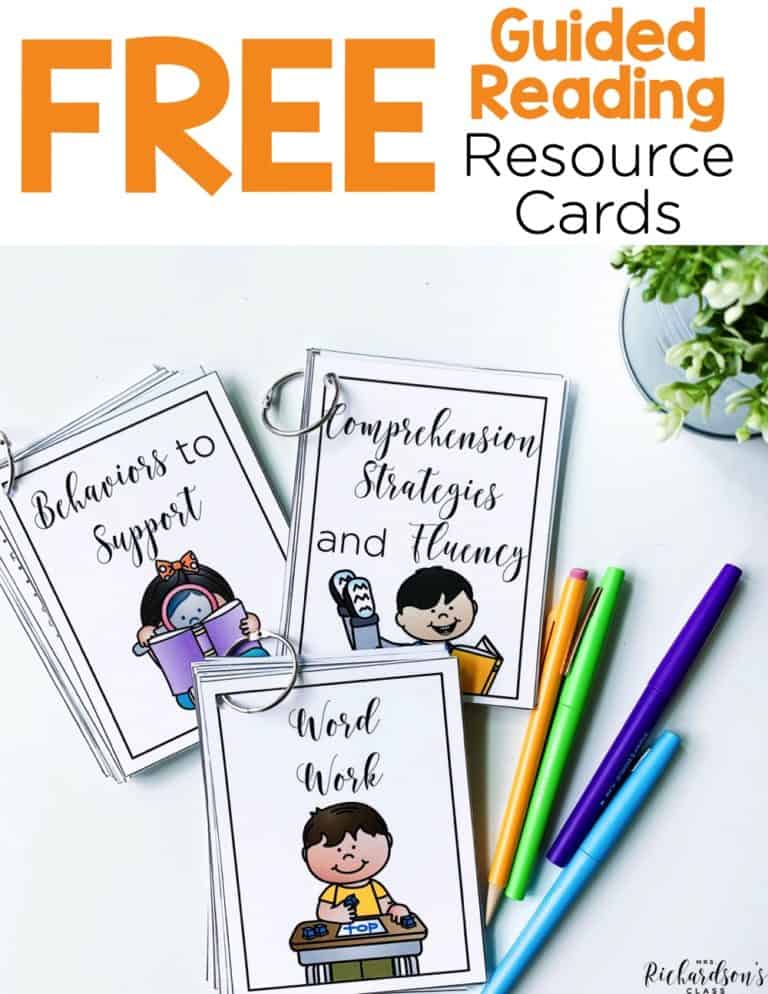

Guided reading groups look different in each teacher’s classroom, but they usually have the same components. We all have a book introduction, read the text, and then teach a skill or strategy that our students need in order to grow as readers.
We all also can feel overwhelmed trying to squeeze everything into such a small block of time! When you struggle against time in guided reading groups, you’re not alone in that feeling.
Did you know there are some things you don’t have to do in guided reading every single time? Or things that we can switch up and tweak so that we can be sure to get to the components our readers need at the time? Let’s dig into four things you don’t always have to do in a guided reading lesson.
You don’t always have to use a leveled reader. WHAT? Most teachers use leveled readers all the time. Leveled readers are super helpful and definitely have their place in guided reading. They are great because the students are working on the same text. You can also teach skills and strategies specific to that level.
But you can also use a decodable reader!
If you have been working on a certain sound with a group or in your phonics instruction, you can use decodable readers for more practice. Decodable readers present the same sound in a variety of words in the text. This allows students have the opportunity to practice decoding that sound over and over. They are a great resource to think about and use when a group is struggling with a certain sound or phonics skill.
By the way, I have an amazing resource coming for the 2021 school year – phonics kits with decodable readers! Hop on the waitlist so you’ll be the first to know when they are ready for you!
Once my students started reading in the I through M levels of text, it was much harder to get through the book in a guided reading group. I found that we either took more time to finish our group that day. Sometimes we just didn’t finish because the books were longer.
I remember talking to my literacy coach one day telling her how we were struggling to finish the text during our group. I felt so much pressure.
But then she let me in on a secret! If we didn’t get to read the text all the way through in one lesson, we could finish it the next time, or students could finish reading it in their independent reading time.
That was so freeing and helpful to know. I was stuck in the “we have to finish the book every time” mindset. I thought about how letting them finish it on their own and then talking about it in our next group was such a great way for me to know what they were able to comprehend in the story on their own.
While we don’t want that to become the norm for our youngest readers, but it is so helpful to know it is okay to let them finish a book independently for second grade readers.
I then discovered the two-day and three-day guided reading lesson plan. This works perfectly for these upper-level first and second grade readers who read longer books. I have a one and two-day lesson plan in my first grade guided reading kits and a one-day and three-day lesson plan in my second grade guided reading kits.
Running records are so important and helpful to us as teachers. They let us know what a student’s strengths are and also what they need help with. It’s a good idea to take a running record on one kid every time you meet with one of your guided reading groups, but you don’t need to do a running record on every kid, every day! That would be so hard to manage!
Just try to do one running record on one student in each group when you meet for guided reading. Then, you can truly focus on that one student!
Having your students write about what the text they read is a great way to end your lesson. I love how it ties reading and writing together and the students get to see that. Writing about reading is also a great way for them to practice their grammar and phonics skills. If sometimes you just don’t have time to have them write at the end of your lesson, that’s okay!
Practicing writing about reading should be done at the end of most lessons, but doesn’t have to be done every time!
If you want to know more about guided reading, what each component looks like, see some concrete examples, and get helpful printables and videos, you’ll love Rethinking Guided Reading.
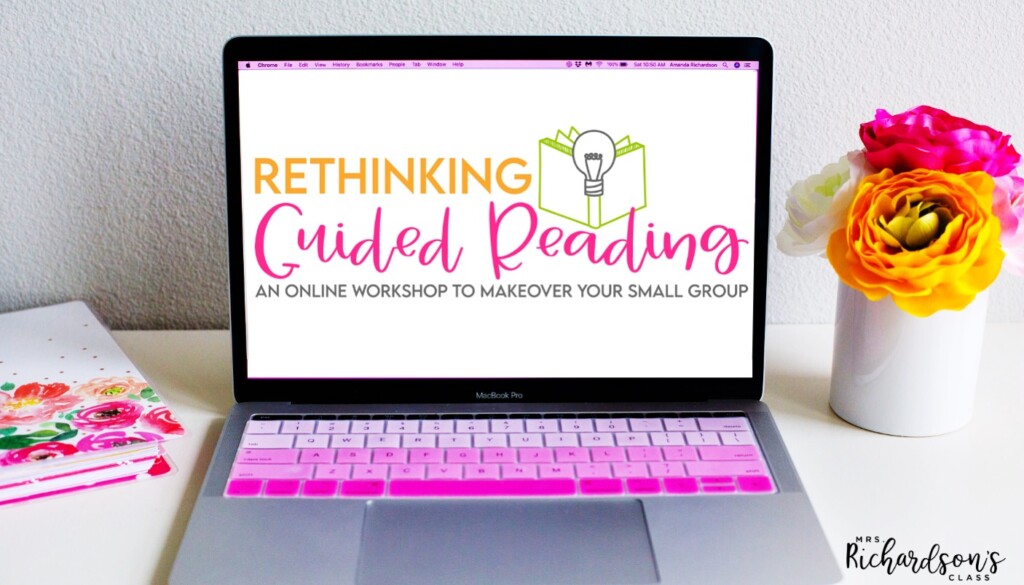
It’s the all-inclusive online workshop for K-2 teachers that guides them through the entire guided reading process. Hop on the waitlist so you’ll be the first to know when the registration doors are open!

Want to use the latest research to boost your readers during small groups? This FREE guide is packed with engaging ideas to help them grow!

I’m a K-1 teacher who is passionate about making lessons your students love and that are easy to implement for teachers. Helping teachers like you navigate their way through their literacy block brings me great joy. I am a lifelong learner who loves staying on top of current literacy learning and practices. Here, you’ll find the tools you need to move your K-2 students forward!


| Cookie | Duration | Description |
|---|---|---|
| cookielawinfo-checkbox-analytics | 11 months | This cookie is set by GDPR Cookie Consent plugin. The cookie is used to store the user consent for the cookies in the category "Analytics". |
| cookielawinfo-checkbox-functional | 11 months | The cookie is set by GDPR cookie consent to record the user consent for the cookies in the category "Functional". |
| cookielawinfo-checkbox-necessary | 11 months | This cookie is set by GDPR Cookie Consent plugin. The cookies is used to store the user consent for the cookies in the category "Necessary". |
| cookielawinfo-checkbox-others | 11 months | This cookie is set by GDPR Cookie Consent plugin. The cookie is used to store the user consent for the cookies in the category "Other. |
| cookielawinfo-checkbox-performance | 11 months | This cookie is set by GDPR Cookie Consent plugin. The cookie is used to store the user consent for the cookies in the category "Performance". |
| viewed_cookie_policy | 11 months | The cookie is set by the GDPR Cookie Consent plugin and is used to store whether or not user has consented to the use of cookies. It does not store any personal data. |
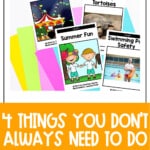
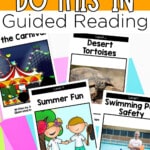
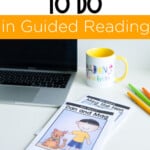
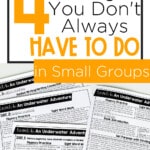
2 Responses
Is there a way to purchase a guided reading bundle?
Hi Chasity!! Yes! You can purchase here! https://www.mrsrichardsonsclass.com/shop/?jsf=jet-woo-products-grid&_s=guided%20reading%20bundle&pagenum=3 You can also purchase them on TpT if you prefer that. 🙂 Store name is Amanda Richardson.